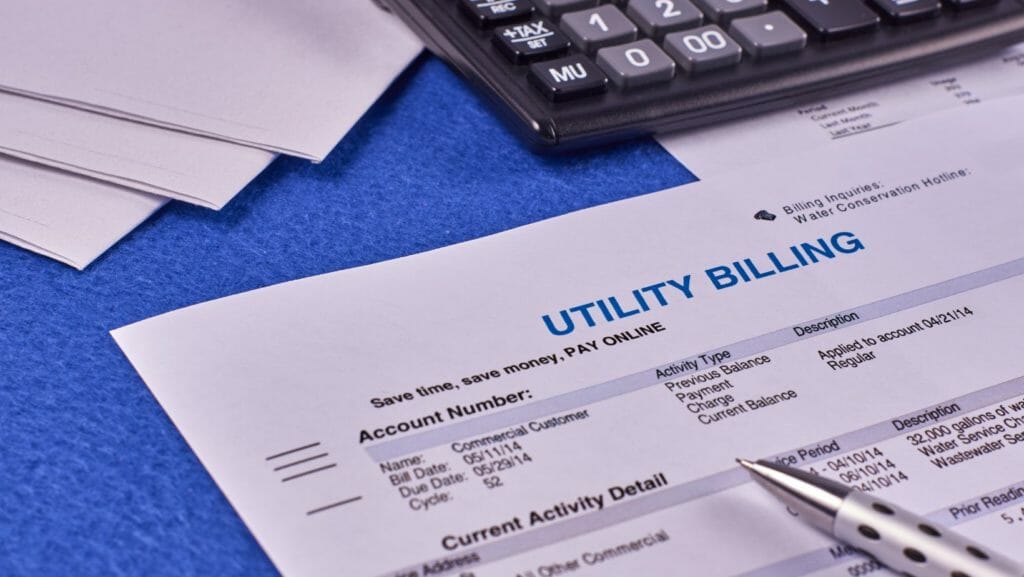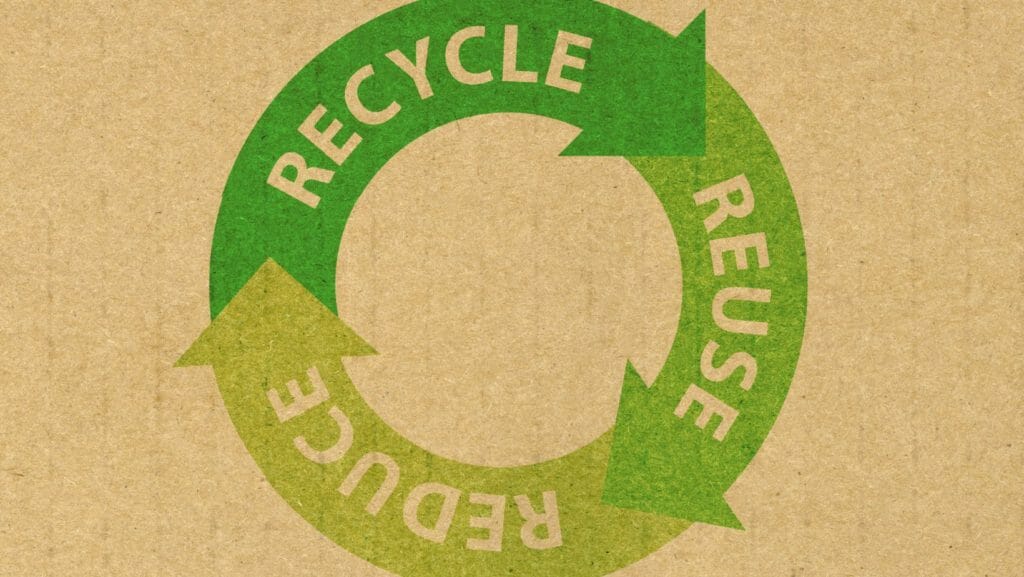It’s no secret that water is costly and sometimes out of reach for even the most forward-thinking business owners. Business owners are always searching for ways to save money, and everyone is talking about protecting the environment these days.
No matter your reason, you can reduce your water bills while saving the planet.
Business owners who make greener choices help to reduce their carbon footprint, using paddle wheel flow meter to reduce water bill and appeal to environmentally conscious customers.
Here are some tips on how to reduce your business water bill.
Install an Energy-efficient Toilet
Did you know? Toilets use more than 30 per cent of most commercial buildings’ water supply.
Most modern ones use only 1.6 gallons per flush when new, but they lose efficiency over time and can become inefficient toilets that use 5 or 6 gallons per flush – more than twice as much!
You can save hundreds of gallons of water annually by replacing an old toilet with a newer model.
When you’re ready for new fixtures in your bathroom, look for dual-flush toilets that offer both “light” and “heavy” flushes depending on what you need to get rid of – from urine (1 gallon) to solid waste (3 gallons). This can cut back on your usage even further!

Have Your Toilets, Urinals, and Other Plumbing Equipment Tested at Least Once a Year
Commercial buildings lose As much as 30 per cent of their total water due to leaks.
Checking your faucets and pipes in the building for leaks is the best way to start saving money on water. Leaks can be small or large, but they all waste water and money.
With this in mind, when was the last time you had your plumbing equipment tested?
If it has been more than a year since its previous inspection, consider scheduling an appointment with a plumber. Do this as soon as possible.
They can inspect your pipes and fixtures for any signs of damage or wear-and-tear that might be causing leaks or drips. Unfortunately, most leaks go unnoticed until they get terrible, so there’s a good chance you’ve been wasting a lot of water you didn’t need to use.
You can also look at some familiar places where leaks often occur.
For example, if a toilet continually runs after being flushed, it may have a leaky flapper. This is a rubber device that controls the flow of water into the toilet bowl.
If it’s not sealing properly, it will allow water to flow until you continually turn off the supply valve or flush it again. This leak can easily waste hundreds of gallons of water each month.
Install an Automatic Shutoff on Your Sinks
You waste water and money when you leave your sink running all day. The easiest way to reduce water consumption is to install an automatic shutoff on each sink.
This will prevent you from using more water than you need and keep your employees from wasting water by filling up the sink when they only need a glassful.
If you’re worried about the cost, don’t be; these devices are inexpensive and easy to install, and they pay for themselves quickly!
Use an Irrigation System With a Rain Sensor That Only Turns on When Necessary
Irrigation systems are essential to keeping your landscape healthy and beautiful, especially if you have a large commercial property with many indoor plants and trees.
They help keep plants healthy and green during hot summer months, which helps increase curb appeal and property value. But they also help protect plants from drought and freezing temperatures in cold climates.
Irrigation systems can also extend the growing season in many areas by helping plants bloom earlier than they would otherwise be without moisture.
When it comes to irrigation systems, there are several different types available: drip irrigation, sprinkler systems, and micro-irrigation systems.
Each type has its pros and cons depending on your needs and budget — but all of them will save you money over time compared to watering by hand or with a hose attachment.
You can also install rain collection systems with your irrigation systems.
These systems are easy to install and will allow you to collect rainwater from gutters on your roof that would otherwise be wasted if it ran into storm drains or sewers instead of being used for irrigation purposes.
Installing rain sensors is also an excellent addition to the system.
The sensor will automatically shut off if it rains enough to moisten the soil around plants. It will also turn off if no rainfall for more than 14 days straight, so plants don’t get overwatered. This means no wasted water!

Install a Grey Water Disposal System
If you’re looking for ways to cut your water bill while staying green, you can take advantage of grey water.
Gray water is wastewater from sinks, showers, and machines that you can reuse for other purposes.
It doesn’t contain chemicals or soap, but it does have organic matter like hair, soap scum, and grease. It’s different from black water (sewage) or rainwater because it doesn’t contain human waste.
Businesses can use this grey water for flushing toilets and watering plants. This reduces the amount of freshwater used and helps keep the pipes clean by removing debris that could clog them.
These systems usually consist of a tank that collects grey water from various sources in your building, then pumps it out once full and treats it before releasing it back into the environment — usually through a septic system or drain field (a series of underground pipes).
This system requires additional maintenance; you’ll need to periodically clean the tank and pump out any sediment buildup.
Final Thoughts
As with all business practices, reducing water usage can be a win-win for everyone–your employees, your company, your clients, the environment, and the community you live in.
Business owners looking to reduce their water bills should consider implementing a water billing system that will help them save money in the long run, whether through reduced energy usage or water conservation efforts.
The practices listed above are just a few of the many ways business owners can do so and increase the likelihood of success.


